How Does This SaaS Work?

Temps de lecture: 6 minutes
Did you know that the concept of SaaS, or “software as a service,” dates all the way back to the 1960s? That’s when the IBM 360 appeared—a computer that could run a variety of software and tasks, without all the associated storage and maintenance costs. For the first time, companies were able to host their own data in different locations.
In the late 1990s, the first SaaS as we know it appeared on the scene. Since then, their success has grown exponentially, spanning customer relationship management (CRM), human resources information systems (HRIS), enterprise resource planning (ERP), digital workplaces, enterprise social networks, messaging services…: SaaS is now used by all business departments, and in all fields.
Today, the SaaS market represents more than 50% of the global software market. In 2024, it’s expected to reach $232 billion—almost double the amount spent in 2020!
So why are so many organizations investing in SaaS? What makes it different from other types of software? How does it work? And what benefits can it bring you? Read on to discover all you need to know about SaaS!
What’s SaaS?
Definition
Software as a service (SaaS) is a cloud-based solution accessible via a web browser. You can use it anywhere, anytime, which makes it a great asset for multisite and hybrid-working companies.
How it works
The data stored on SaaS is hosted by the software publisher—not the client company (as is the case with on-premises software). Thanks to this model, companies don’t need to install, update, and maintain the software themselves.
SaaS generally operates on a time-limited subscription basis (per month or per year). The price charged can depend on a number of factors, including:
- number of users or licenses
- level of service or features
- volume or frequency of use
Users log in to the software using the access codes they receive. They can access the software online, whether from a desktop or mobile app if the publisher offers one.
How does it differ from other types of software?
The world of enterprise software is populated by a variety of distribution models, each touting its own specific features. In addition to SaaS, there are PaaS, IaaS, and the traditional on-premises solutions. Here’s how to tell them all apart!
Saas vs. On-Premise Software
Unlike software as a service, on-premises software is hosted on the company’s own servers. Once purchased, on-premises software can be used for life. SaaS, on the other hand, has a limited subscription time: once you stop paying, it runs out after the current subscription period.
On-premises software, on the other hand, presents several constraints that don’t constrain SaaS:
- It requires investment in terms of servers to host the software.
- It must be installed locally on the company’s computers.
- Maintenance and upgrades must be handled in-house, usually requiring a costly, dedicated IT team.
- The functional scope doesn’t evolve, so it can thus quickly become obsolete.
SaaS vs. IaaS vs. PaaS
The IaaS (infrastructure as a service) model provides access to IT resources on demand via an Internet connection. Unlike the SaaS model, it does not provide software, but rather infrastructure hosted in the cloud (virtual servers, data centers, or cloud storage).
The PaaS (platform as a service) model goes a bit beyond IaaS. It offers a virtual platform for accessing both hardware and software resources, without having to host them on your own infrastructure. Developers commonly use this model to build and run applications.
The SaaS model is the most comprehensive. It offers a turnkey solution that provides access to various functionalities without any need for development, installation, or maintenance. SaaS is therefore ideal for organizations that need a platform that’s easy to deploy and use.
What advantages does SaaS have?
SaaS offers many advantages for businesses, including:
- Reduced hardware and software costs. With a SaaS model, you don’t need to buy and update servers—nor pay for installation, configuration, maintenance, and software updates.
- Time saved for IT teams. When you outsource the hosting and management of your software to a SaaS provider, your IT department can concentrate more on its core business, adding more value to the company.
- Greater accessibility. Since SaaS doesn’t have to be installed on a computer, it’s much easier to access than on-premises software.
- Simplified deployment. You don’t have to waste time on installation and configuration, which means you can deploy the software more quickly, and across your company’s different sites.
- Greater flexibility. The advantage of SaaS is that it grows with you. At any time, you can add new users, activate additional features, or increase storage capacity.
- Ongoing development. Unlike on-premises software, the functional scope of SaaS is constantly evolving. This means the publisher can improve the user interface, develop new functions and integrations, and enhance existing modules. And you can benefit from all this!
- Improved data security. This is a particularly important issue for SaaS publishers, so they don’t hesitate to invest in it. To guarantee the security of your data, it’s better to store it with a SaaS vendor than to leave it lying around on your employees’ computers.
What are the different types of SaaS?
No matter what your profession, sector, or type of organization, we guarantee there’s a SaaS solution to suit your needs! Here’s a non-exhaustive list of the types of SaaS you can implement:
- Collaborative software: to facilitate communication, collaboration, and project-based working, and thus improve team efficiency. This is what Talkspirit offers you, for example.

- The office suite: it’s used to create, share, and co-edit text documents live and remotely, presentations, and spreadsheets.
- Accounting solution: it simplifies your organization’s accounting management, including invoice and estimate creation, expense tracking and cash flow analysis.
- The marketing automation platform: this is the essential tool for automating all marketing tasks, including campaign management, landing page, email creation, and reporting.
- The self-management platform: it clarifies roles, processes, and organizational objectives to improve team autonomy. Holaspirit offers just such a platform.

- CRM (customer relationship management): this is software that optimizes interactions with your prospects and customers, offering them a unified experience.
- CMS (content management system): it allows you to create, manage, and modify website articles or pages without ever having to code.
- ERP (enterprise resource planning): this is software for managing all the processes and operations linked to your business (finance, human resources, sales, distribution, production, etc.).
- HRIS (human resources information system): it facilitates and automates HR activities such as recruitment, high-volume hiring, payroll, performance management, and benefits.
How do you choose your SaaS solution?
Would you like to implement SaaS in your organization, but don’t know where to start? Follow these steps to choose the right solution!
1. Define your needs and objectives
Ask employees and managers in each department to identify the software they use, and the problems they encounter on a daily basis. For example, do they find it difficult to pinpoint information? To collaborate on projects? To evaluate the impact their work can have on the company’s performance? One thing’s for certain: there’s a certain SaaS for that!
Once you’ve achieved this, you can define:
- what kind of software as a service you need
- in which order of priority
- who will be using it
- what you want to achieve with it
2. Identify your key selection criteria
The next step in choosing the right SaaS is to create a list of criteria specific to your organization, differentiating between the “must-haves” and the “nice to haves.” These criteria can cover:
- ease of deployment and use
- the price of the platform
- the quality of customer support
- integration with existing tools
- digital accessibility
- the level of customization
- functionality
- security
At Talkspirit, we offer a collaborative SaaS platform that meets all these criteria, and more. Contact us to find out more. 😉
3. Compare and set sail
With your checklist in hand, identify the SaaS solutions that best meet your needs: the ones where you checked off the most boxes.
From there, make a shortlist of the SaaS you think is most suitable, and request a demo from the publishers to see what they look like. Don’t hesitate to try out the solution for free for a few weeks, if possible. It’s the best way to make the right choice!
A final word
The emergence of SaaS has revolutionized the way companies access, store and share information. More flexible, scalable, and accessible than on-premises software, SaaS is the ideal solution for organizations seeking to optimize costs and remain agile, without compromising on data security.
That said, we have a few words of caution about choosing a SaaS solution. In addition to our recommended best practices, it’s important to adapt your criteria to the type of software you want to implement.
If you’re looking for SaaS to streamline your teams’ work and communication, but also clarify everyone’s roles, then Talkspirit and Holaspirit combined should appeal to you. And if not, we invite you to consult our white paper on next-generation business tools to discover still other SaaS solutions:
Access the White Paper
In our white paper “What Software Tools Are a Must-Have for the Next-Generation Enterprise?,” you’ll discover: how tools shape organizations and their culture, what collaborative and governance tools next-generation companies are using, and what the latest adoption trends for enterprise software platforms.




.jpg)


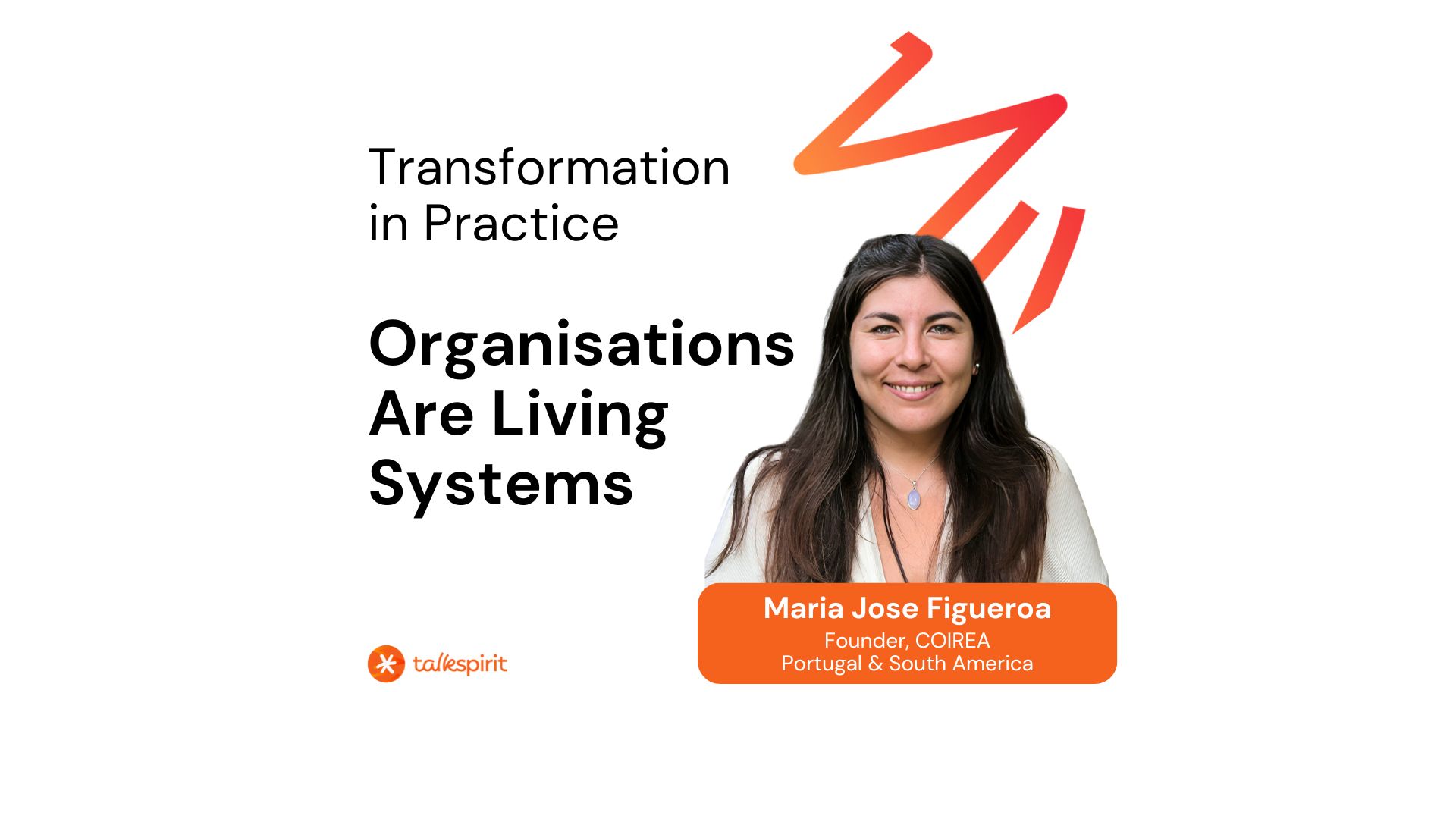



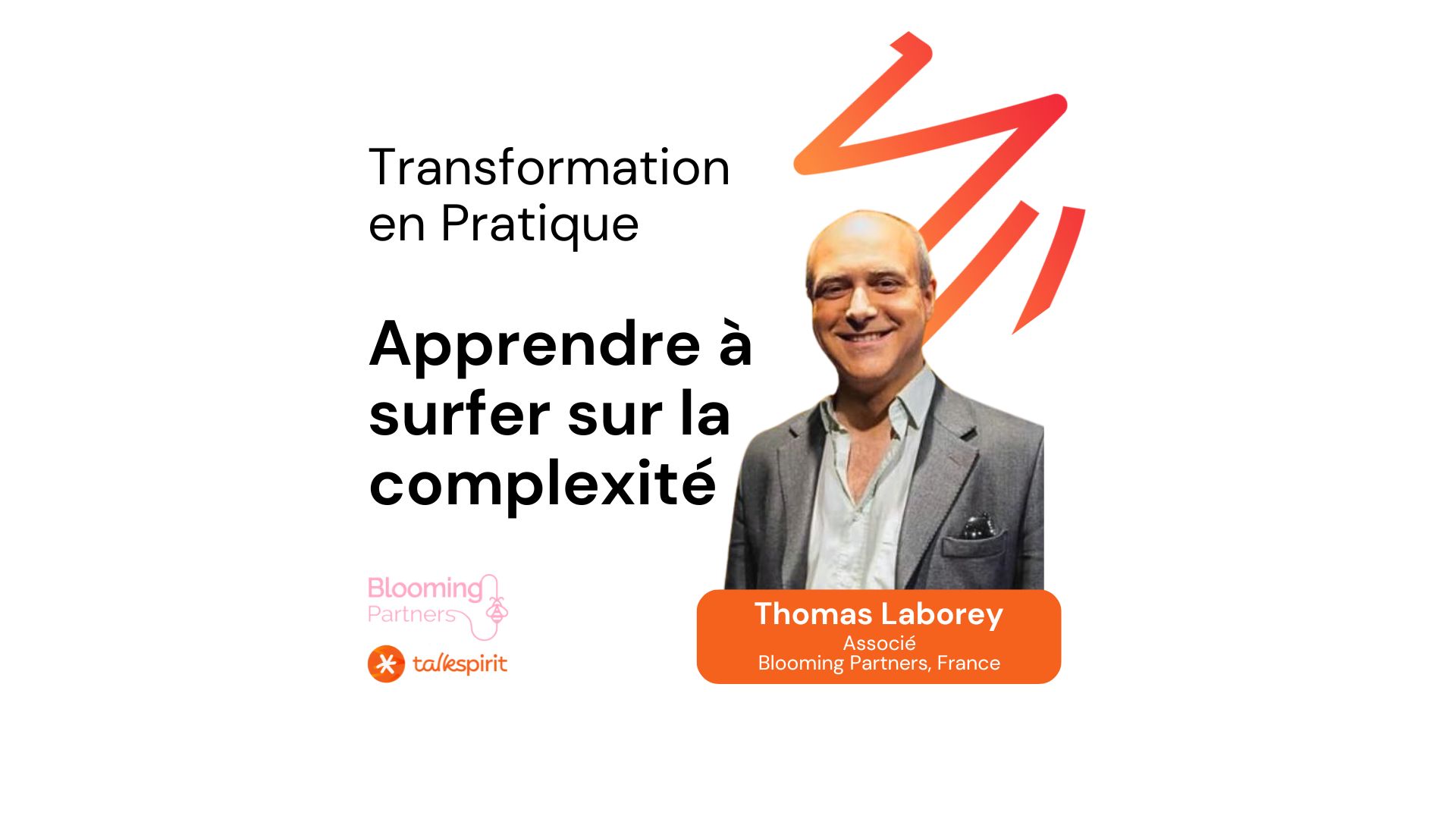

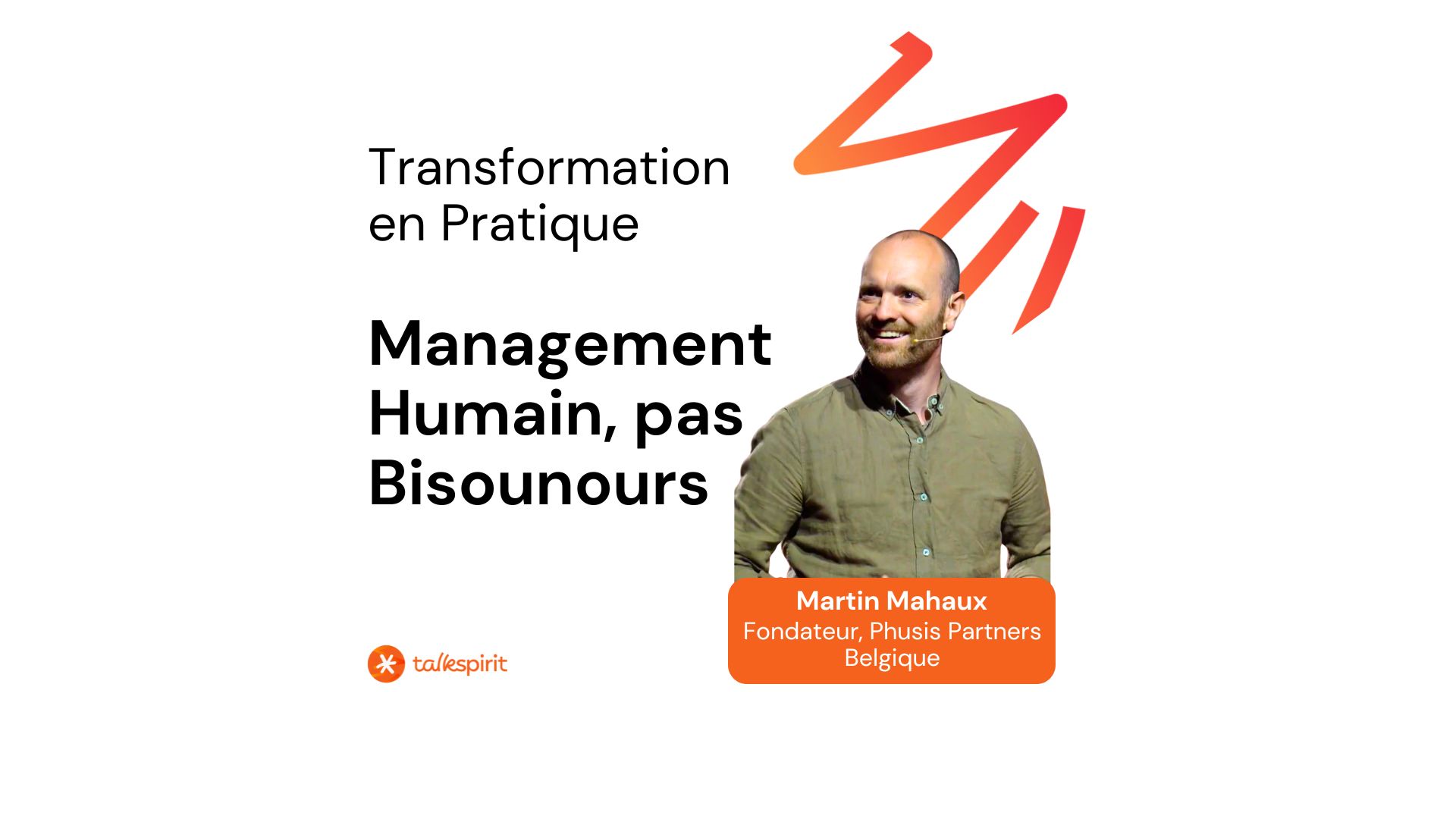
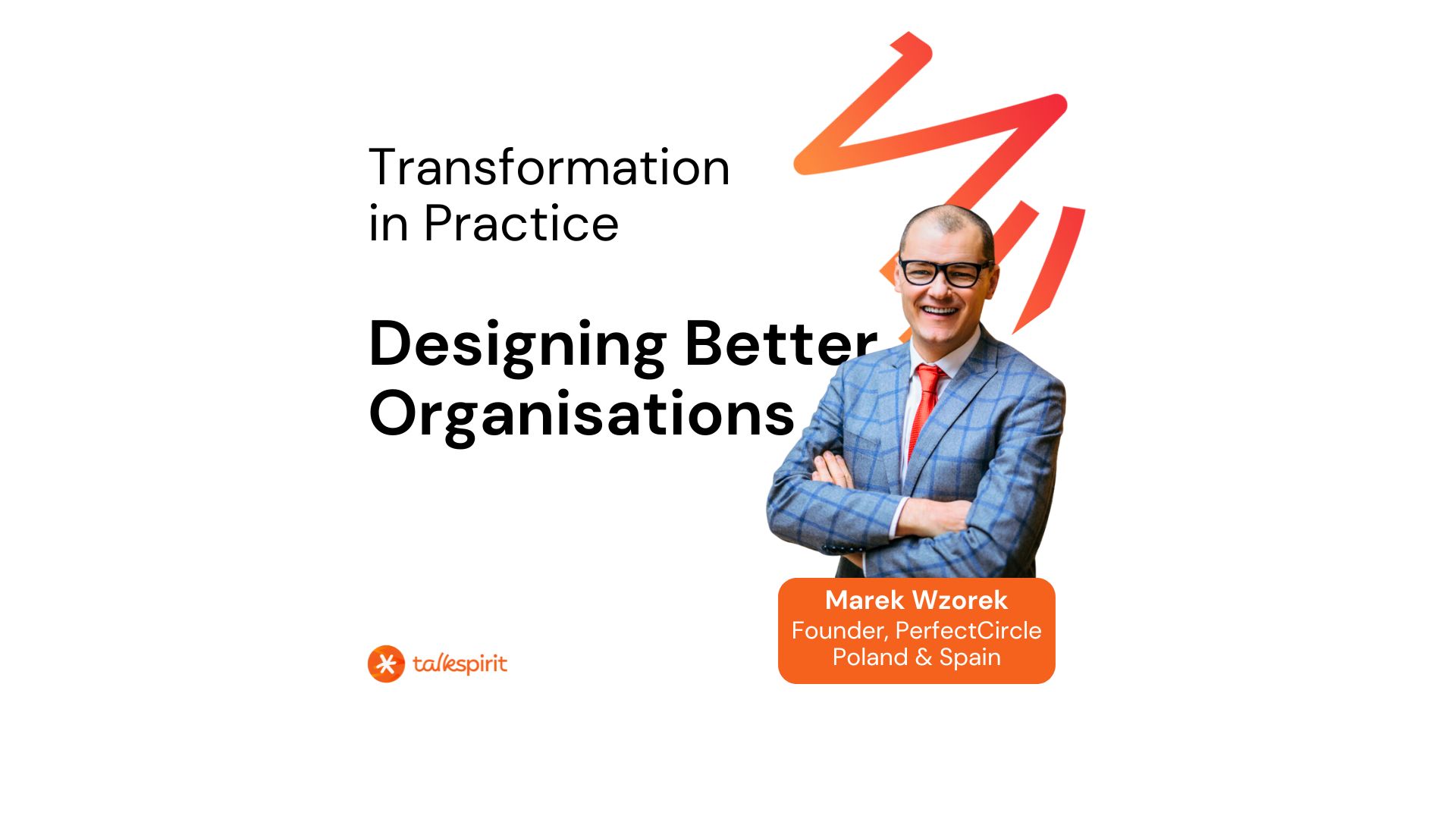
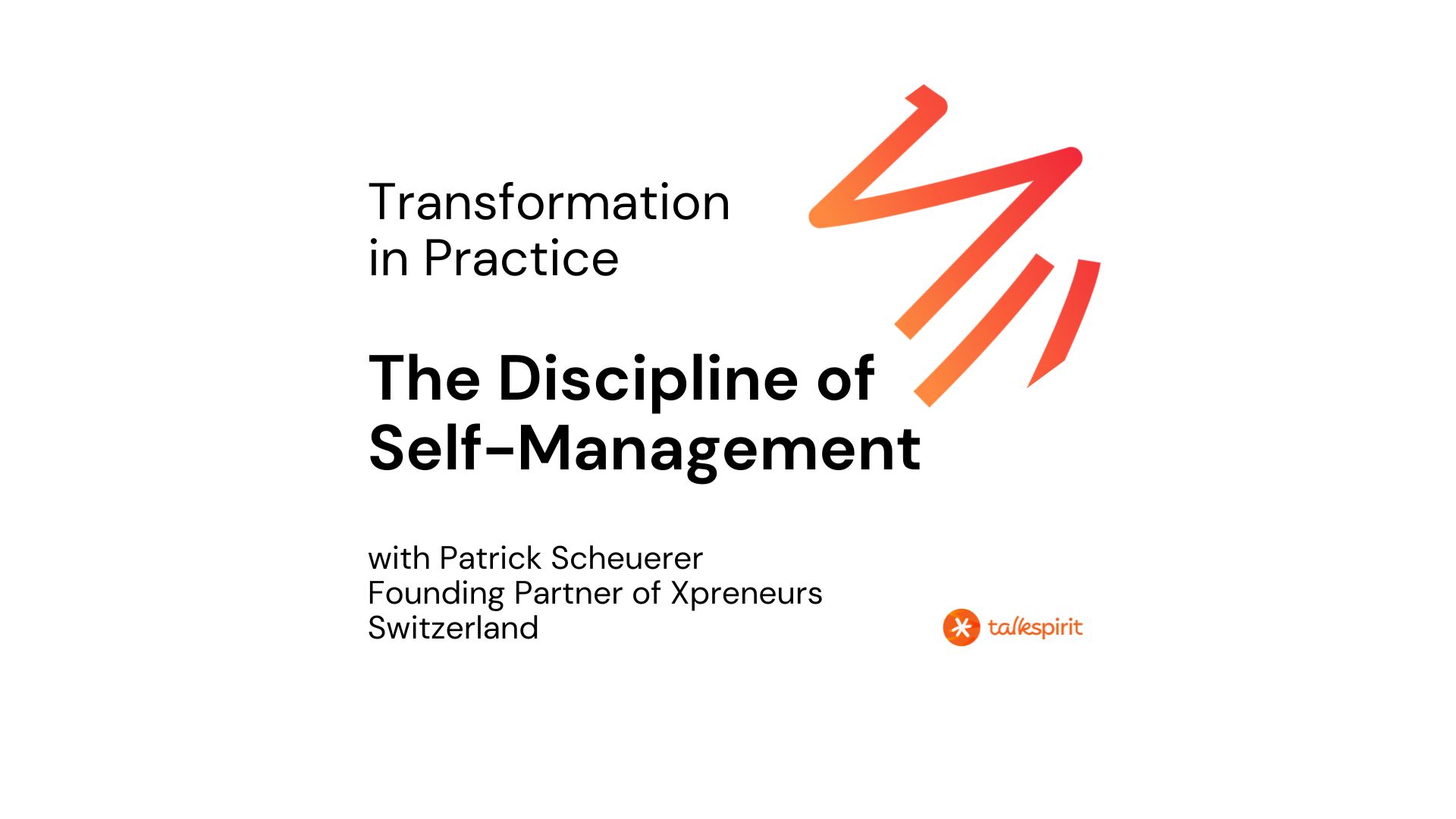

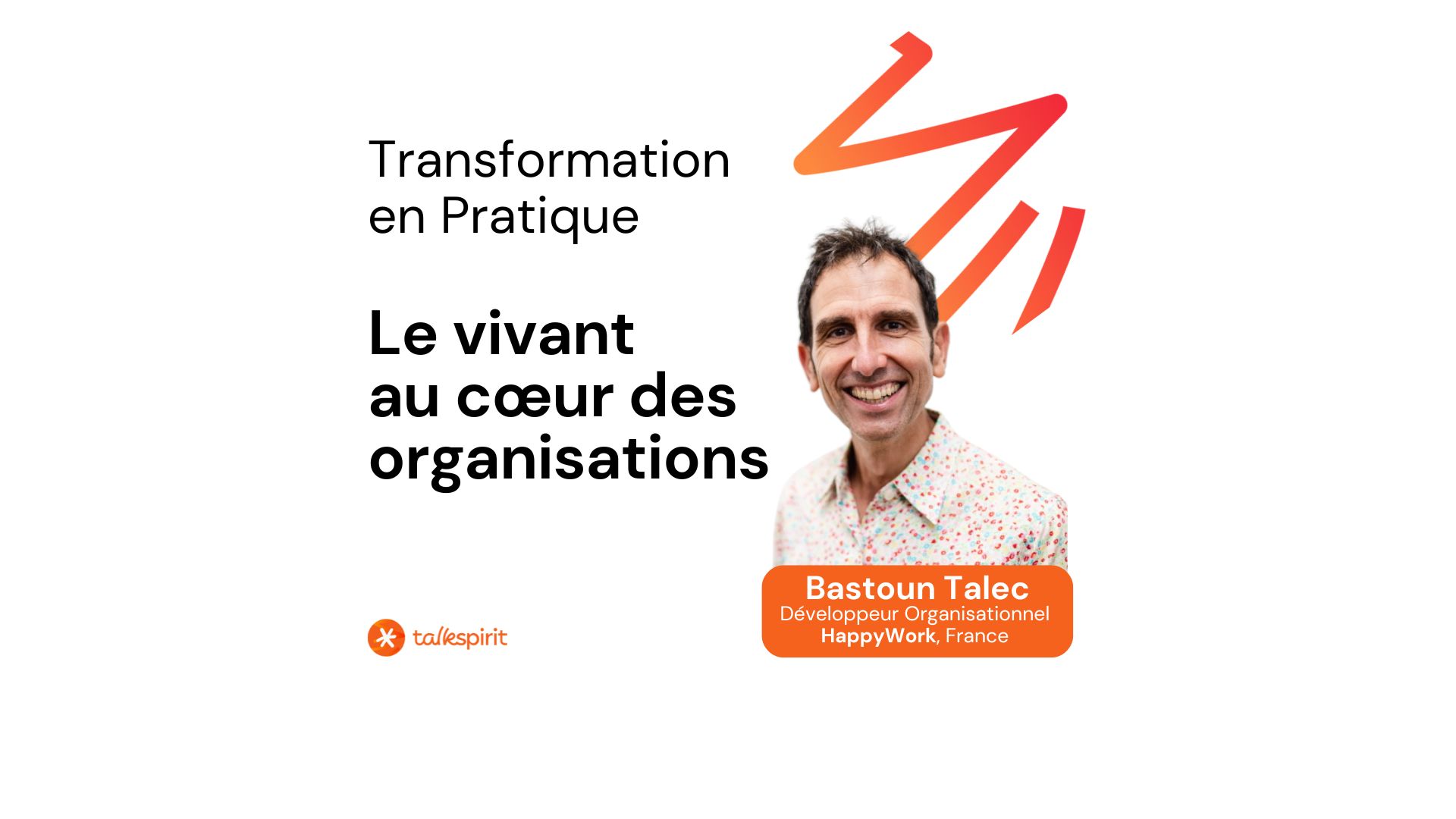

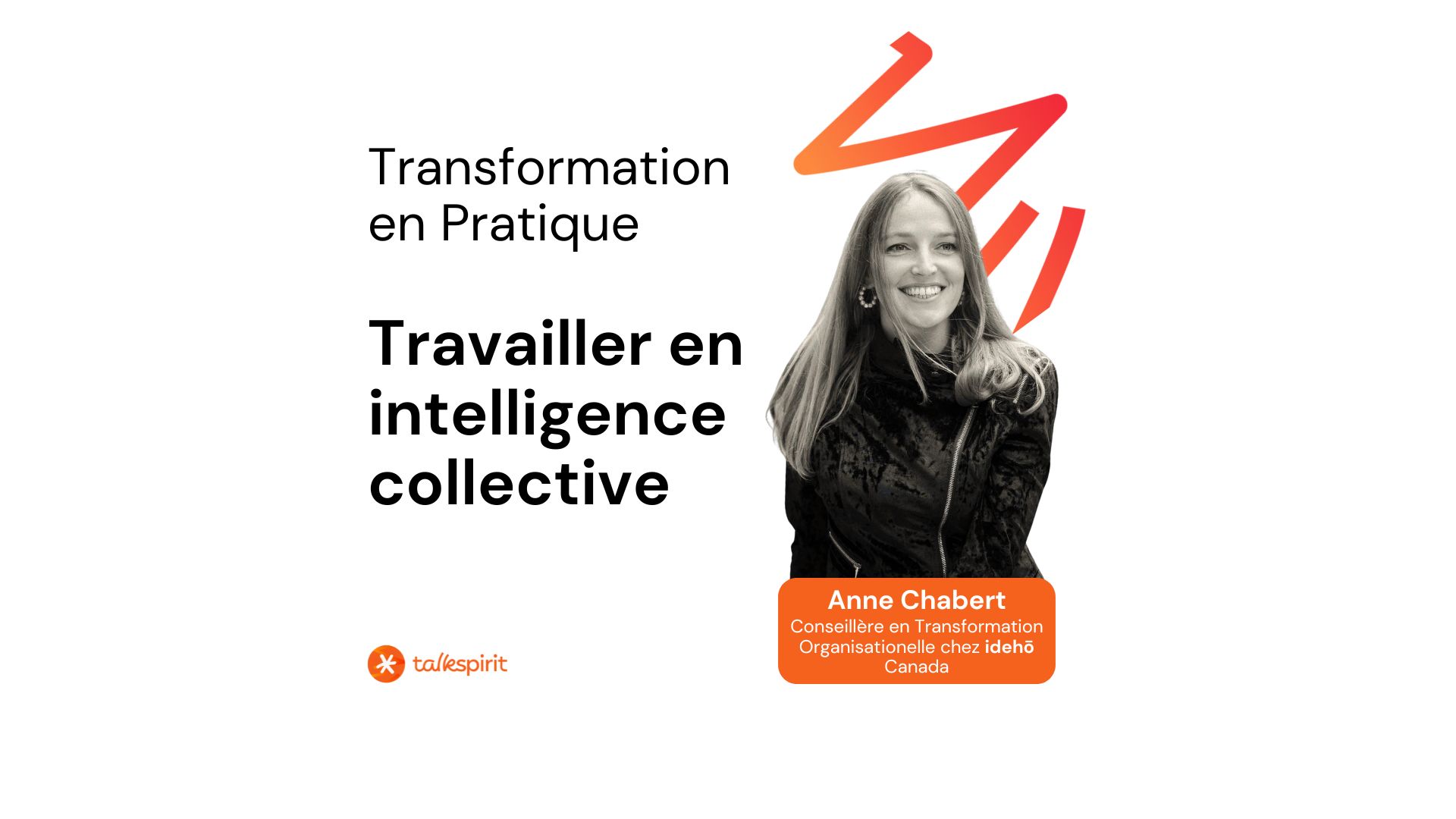

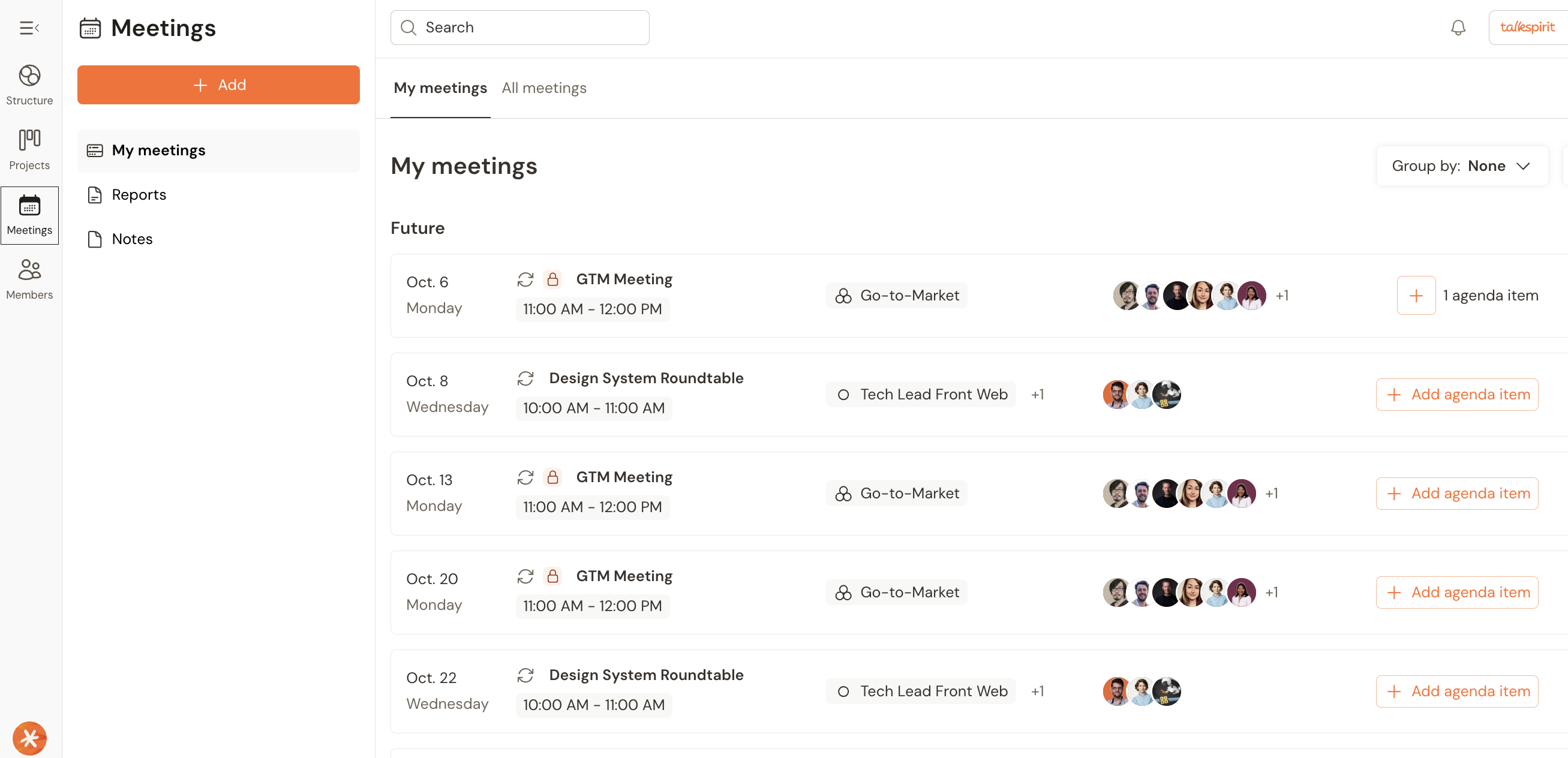



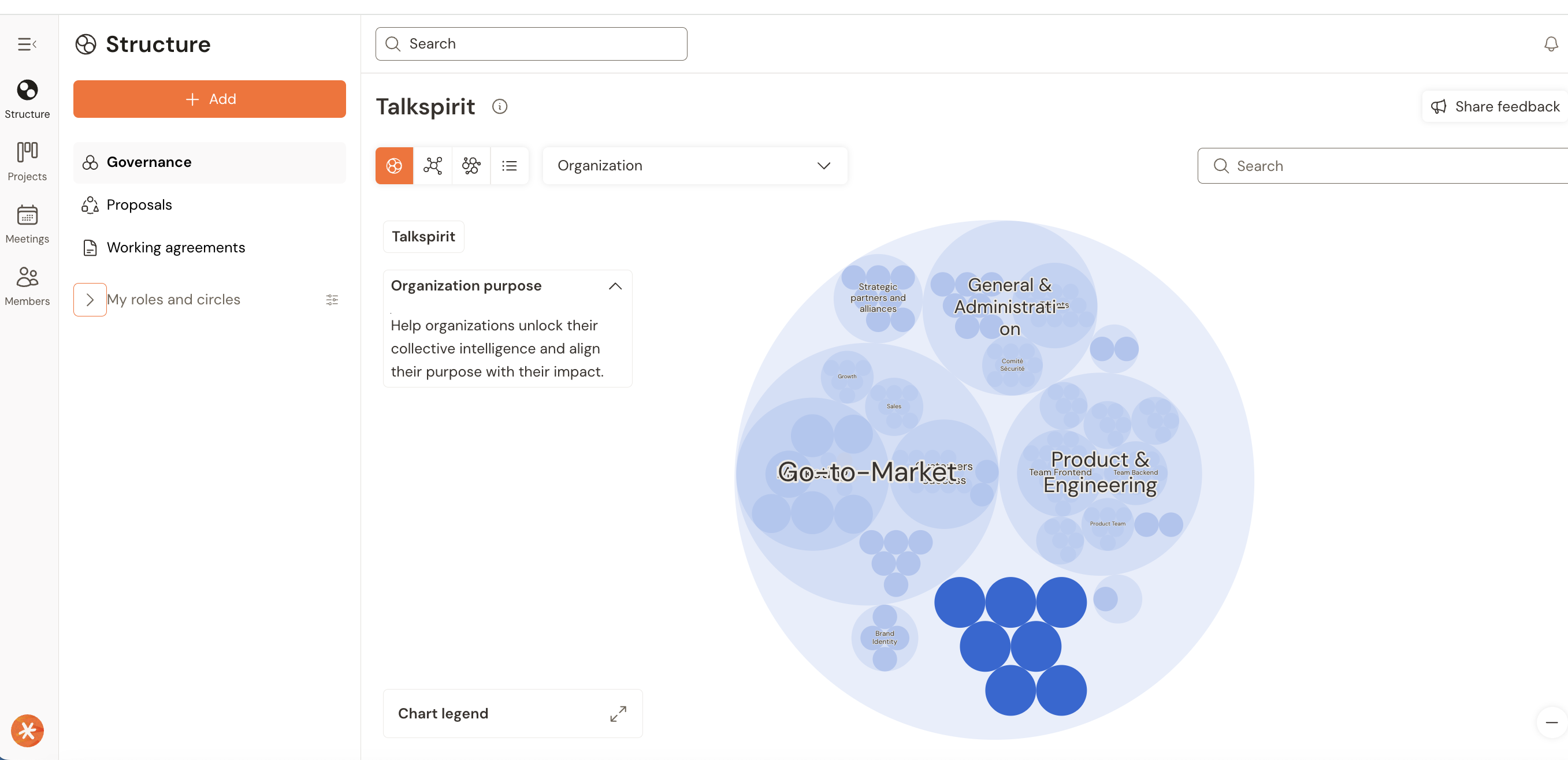
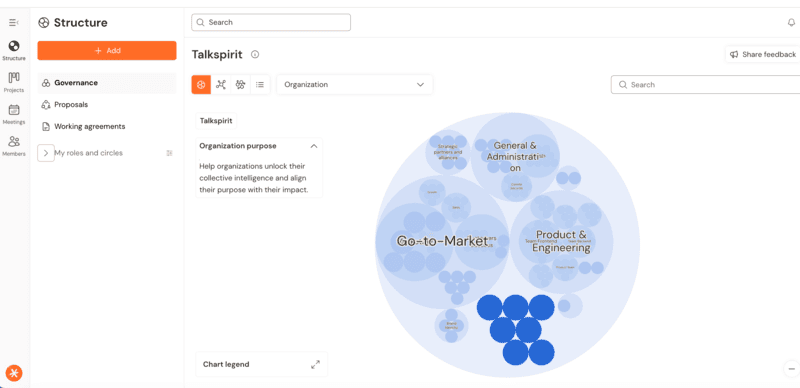

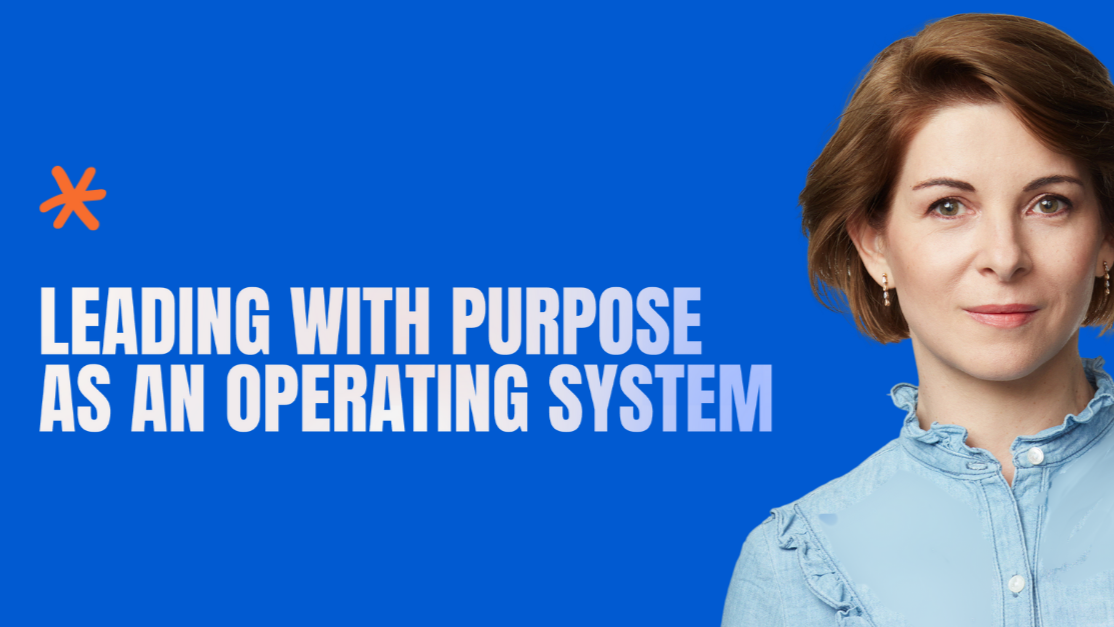







.jpg)





.jpg)
.jpg)







.jpg)
.jpg)


.jpg)

.jpg)


.jpg)











.jpg)




.jpg)



.jpg)

.jpg)



.jpg)








.jpg)






